Runtime procedural generation

There is software to build procedural 3D content in a modular way. In addition, the 3D content is often generated in advance and can be used in a real-time environment such as a game engine in the form of pre-made or pre-baked assets. In this way of working, it is not possible to adjust the procedural structure or manipulation of parametrically constructed elements during the execution of the real-time application. This means that a procedurally constructed 3D model or environment cannot dynamically adapt to real-time user input, for example based on gameplay in the context of a game or the scanned environment in the context of an augmented reality application.
Workflow comparison by building a city
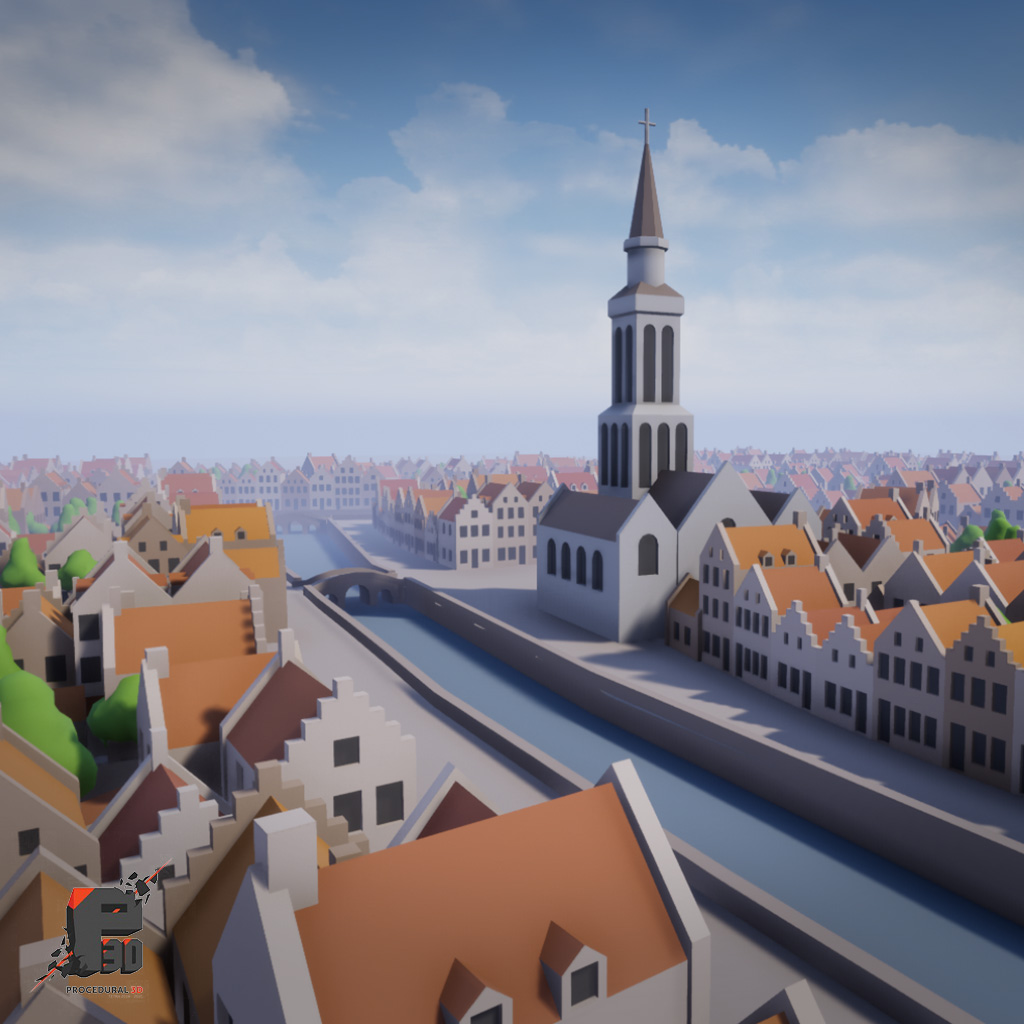
In this use case, a comparison was made in the workflow of both the Houdini integration to Unreal and the elaboration in Unreal Blueprints. To make the comparison, we chose to generate a city layout based on medieval Bruges. In addition, the possibilities of real-time integration in a game engine were demonstrated on the basis of the case.
Houdini propping pipeline

Propping in the game design and VFX world is dressing up spaces and landscapes with objects. This can range from placing stones and trees in a large park to decorating an attic room with cardboard boxes and documents lying around. Placing objects in a room is still often a manual process. The procedural propping pipeline is an example of a streamlined working method that does not detract from the artistic process.
Virtual Music Experiences

In the international music industry, there has been a significant growth in experiments with new technology in recent years. For example, hybrid concerts enriched by the use of AR/VR and LED screens, immersive music on streaming platforms and in concert halls, virtual concerts in so-called ‘metaverse’ game platforms, image and sound generated by artificial intelligence, silent discos, productions on radio and TV with virtual studios or avatars, and much more. The industry is increasingly reaching out to adjacent sectors such as the gaming industry and the IT sector to join forces.
SPACE 2.0
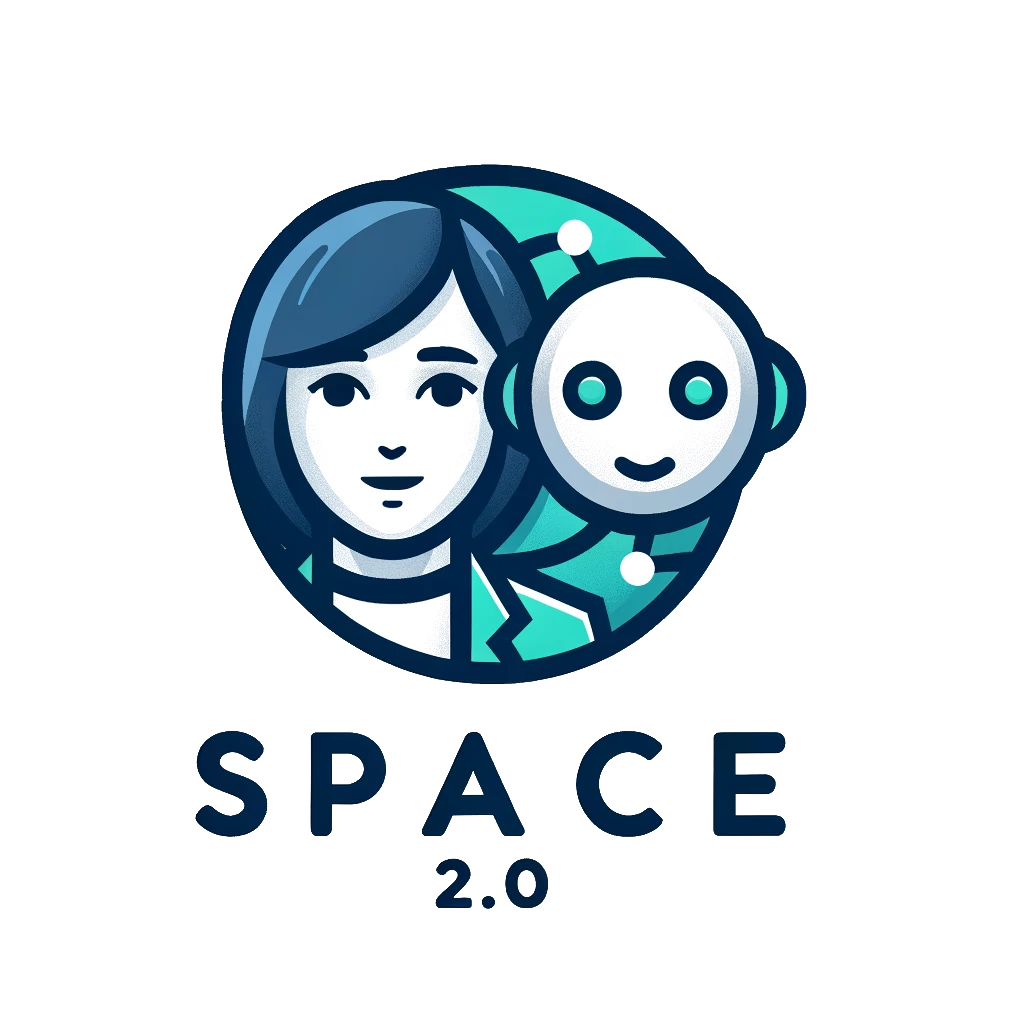
Using Large Language Models to create a virtual client for psychology students at Howest to practice their conversational skills.
Sport Good Governance Game

The Sport Good Governance Game (SG3) Erasmus project consists of 3 parts: the elaboration of an awareness game, a workshop and an action plan to inspire European sport managers (to be) and help them become better ethical leaders. Participants in the SG3 program learn to recognize various elements that can threaten the integrity of their sport and they learn the basic principles of good governance and ethical leadership that they can apply in their own organization.
FMX 2023
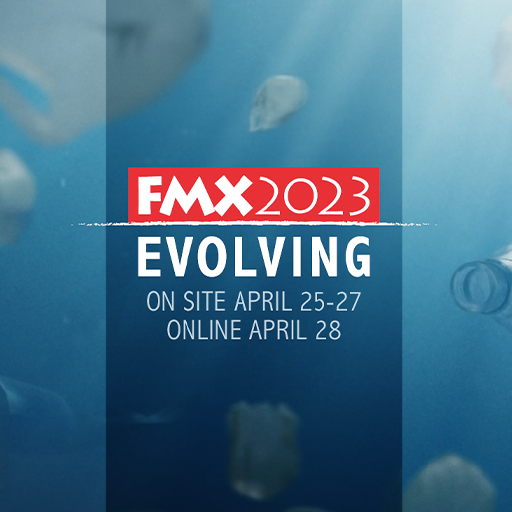
Every spring, media creators share insights into the latest creative developments of their productions and present cutting-edge tools and pipelines, fascinating real time technologies and innovative business models as part of the FMX Conference program. Over the years, thousands of speakers have entered the FMX stage to share their insights into the world of animation, effects, interactive and immersive media.
Everything Procedural 2023
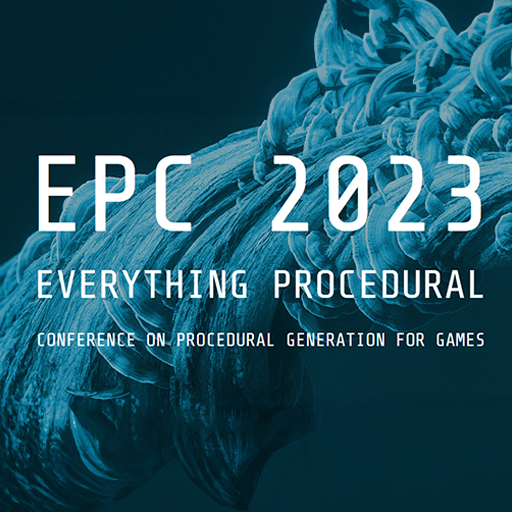
VP Gathering ’23
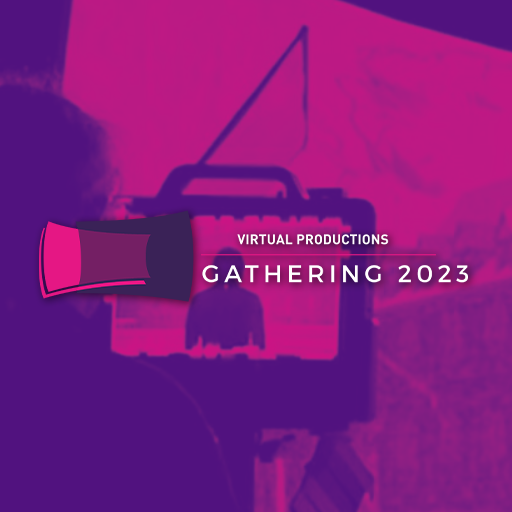
The VP Gathering is a conference that brings together professionals and students from the film, television, and video game industries to discuss and showcase the latest developments and technologies related to virtual production. This conference is open to industry professionals, students, and anyone with an interest in the field.
Automatic house division
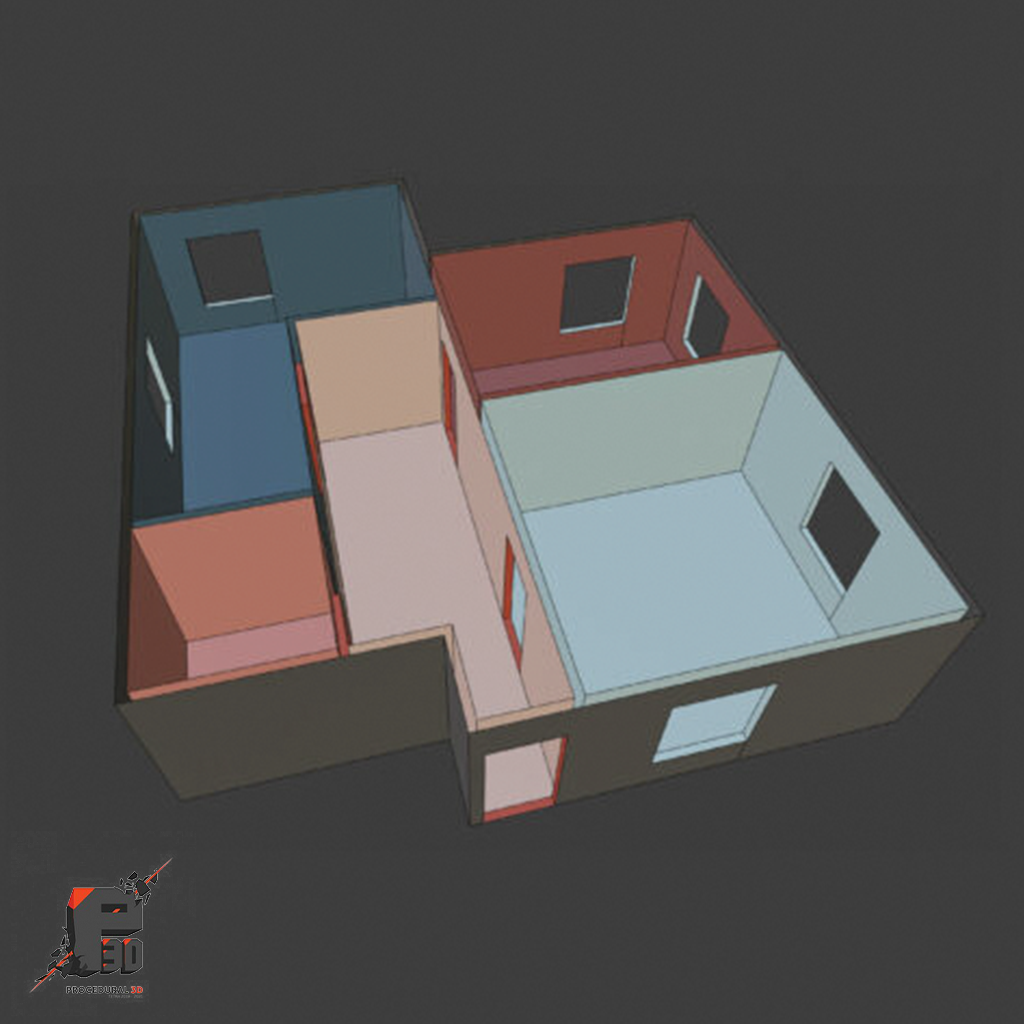
There are already many examples of implementations that can create houses in a procedural way. It often concerns houses where only the outer walls and the roof are generated. Within level design of games or buildings in the background, in many cases it is not necessary that the interior is also built. When a player has to enter and explore the houses in a game, there must of course also be interior walls and doors that connect the different rooms. The goal of this use case was to create a tool with which different building layouts can be generated in a quick and easy way.
Procedural generation in Virtual Reality

Runtime procedural 3D is still mainly used for the same purposes: world generation, player creation and world destruction. The goal of this project was to explore runtime procedural 3D in which the artist can modify the world using VR controllers, giving artists more tools to build the world than just the editor and inspector.
Procedural 3D: SOTA
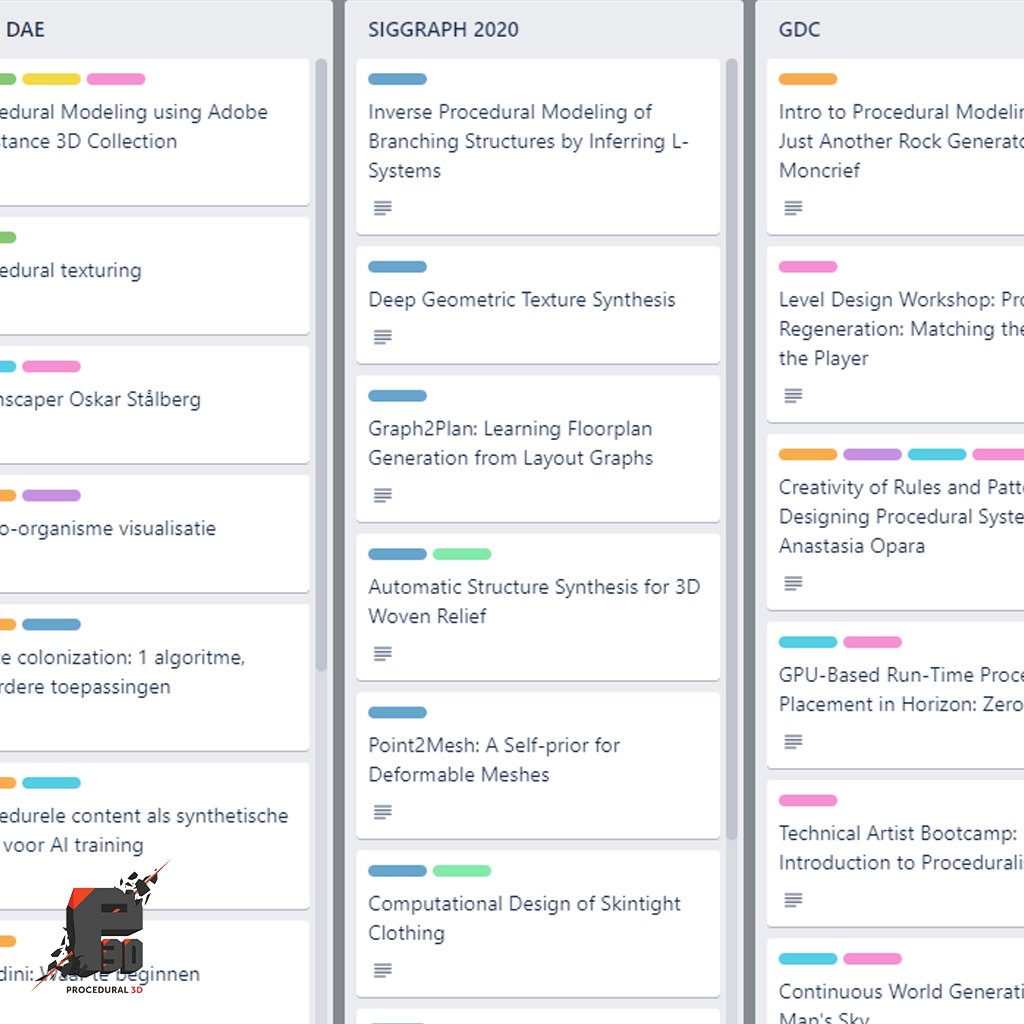
During the project we collected all interesting sources and papers in a Trello board. You can find this here.
Generative design of room furnishings
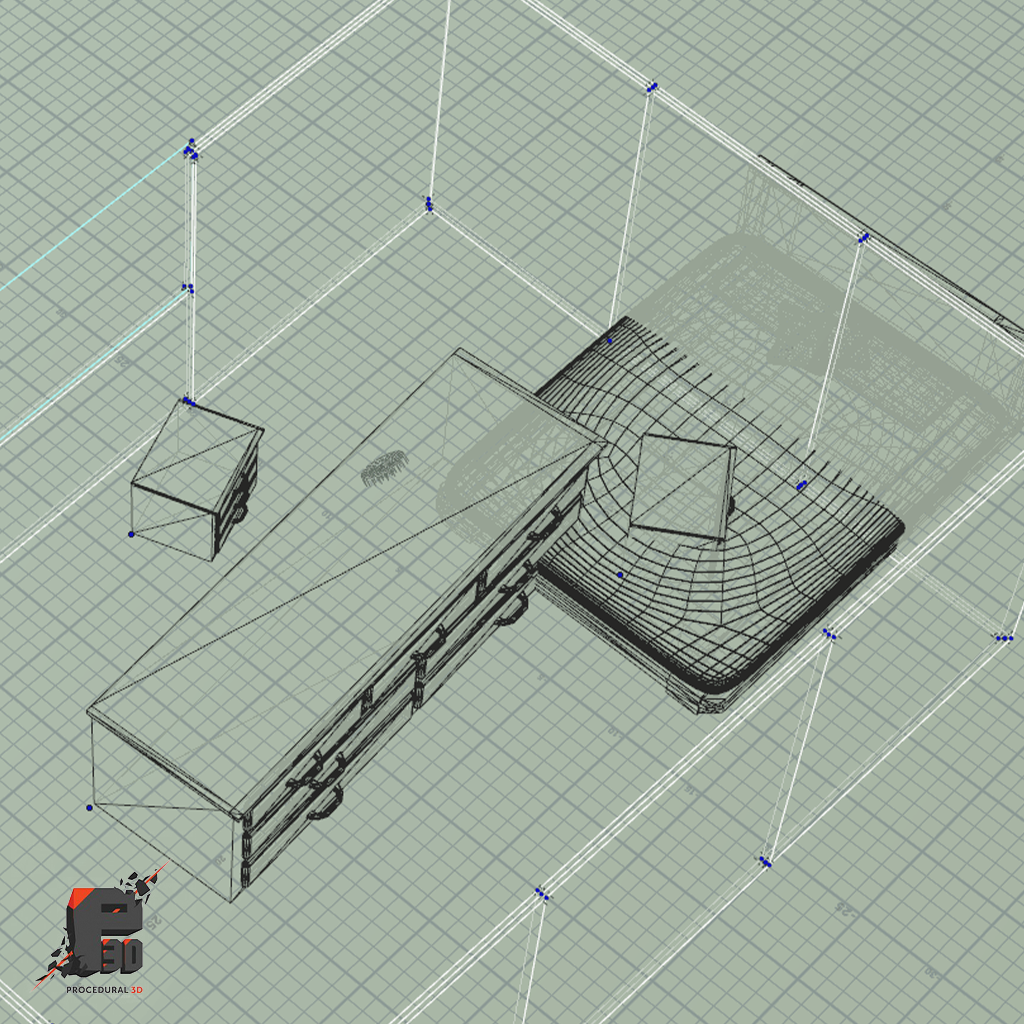
Generative design is a very useful way to explore programmatic and automatic design and produce an instant overview of measurable scores. Automatic optimization requires a lot of computational power and time to obtain a usable room layout. For complex rooms with many objects, that can easily go up to 20,000 iterations. Scoring is the most intensive process. Without a scoring system, this system can also be used for real-time generation.
Component based shape synthesis
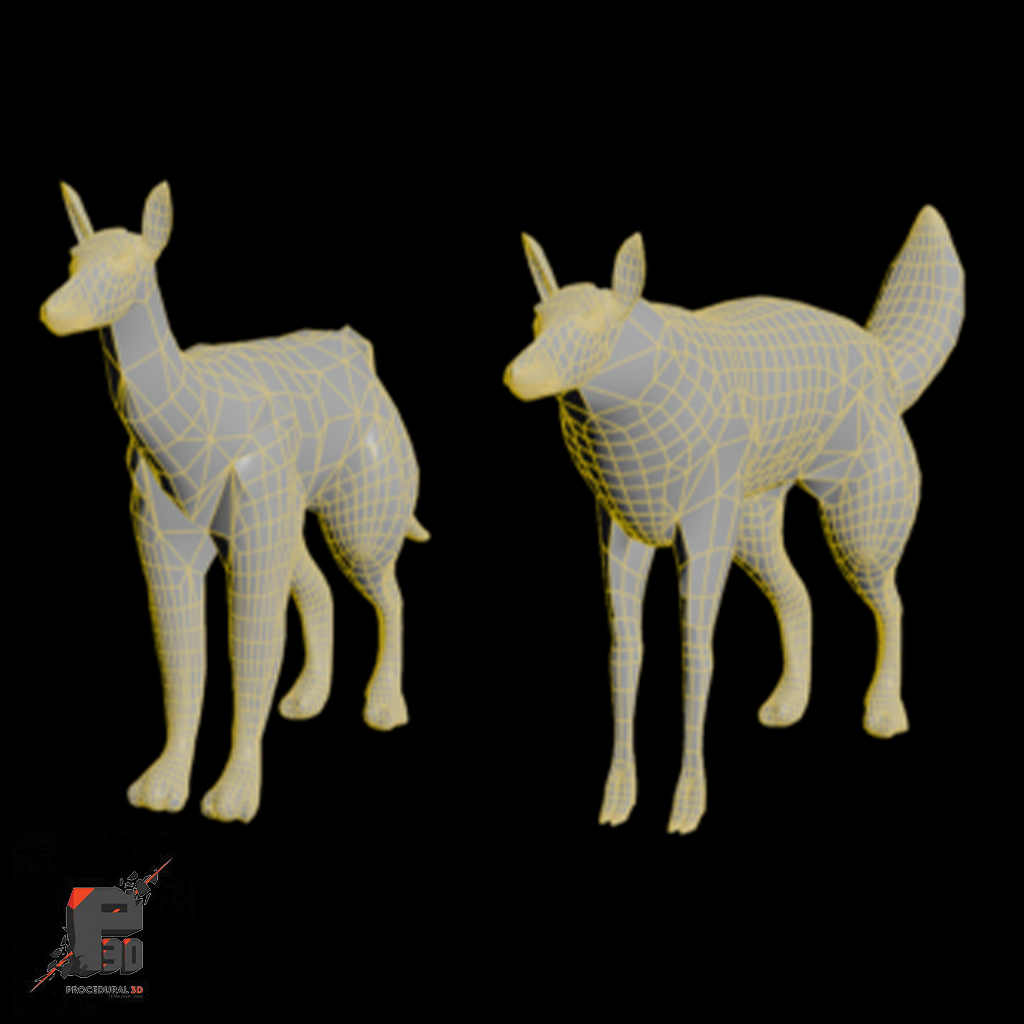
Component based shape synthesis can be useful to facilitate rapid design exploration and reuse of existing 3D models. There is enormous potential in this technique to expand 3D content libraries or even simply to divide existing models into modular components.
Genetic mutations

As the subject of the test case on which we could test a mutagen tool, we chose a simplified parametrically constructed creature blockout in Houdini. Creature block-outs are a simple geometric representation of a creature that can be worked out at a later stage for use in a game or movie, for example. The block-out largely determines the creative view. A mutagen tool can be a very useful way to quickly generate variations of a procedurally constructed model with a minimum of user input while still retaining sufficient control over the results. The method guarantees unique results because the values are randomly generated. In addition, the method is very fast.
3D Asset creation
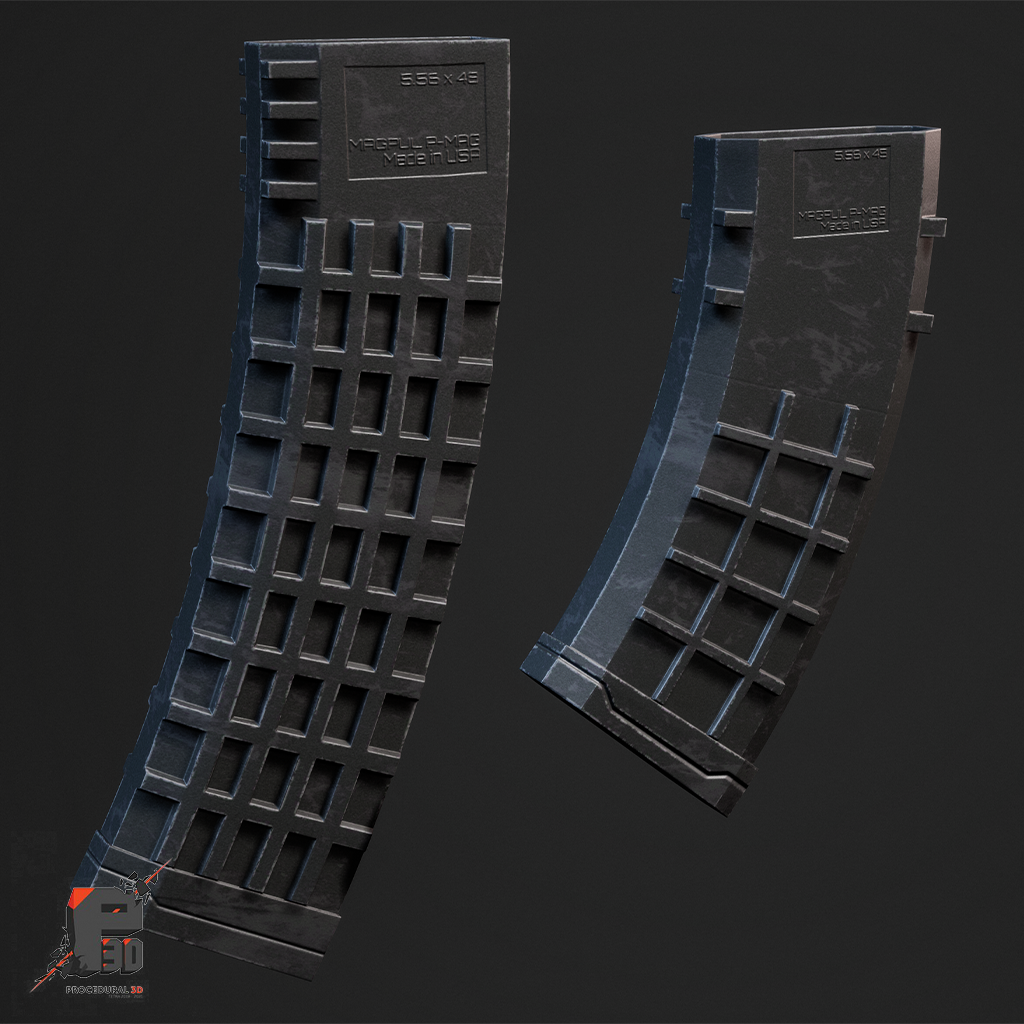
A classic example for the use of procedural 3D in the gaming industry is the creation small tools that accelerate the creation of 3D objects . In certain games, the in-game weapon is prominently displayed on the screen. In these situations a lot of detail and variation is expected on the weapons to keep it visually appealing. The different parts of the rifle can differ per type of weapon. In this use case a gun was used as an object to illustrate the usefulness of procedural tools.
DAE-R @ Houdini Hive Education Edition

DAE-Research presented a talk called “DAE-Research and it’s Ecosystem” on the Houdini Hive Education Edition on November 30, 2021. You could follow this live performance on the Houdini SideFX YouTube channel.
Azure Kinect body tracking character creator
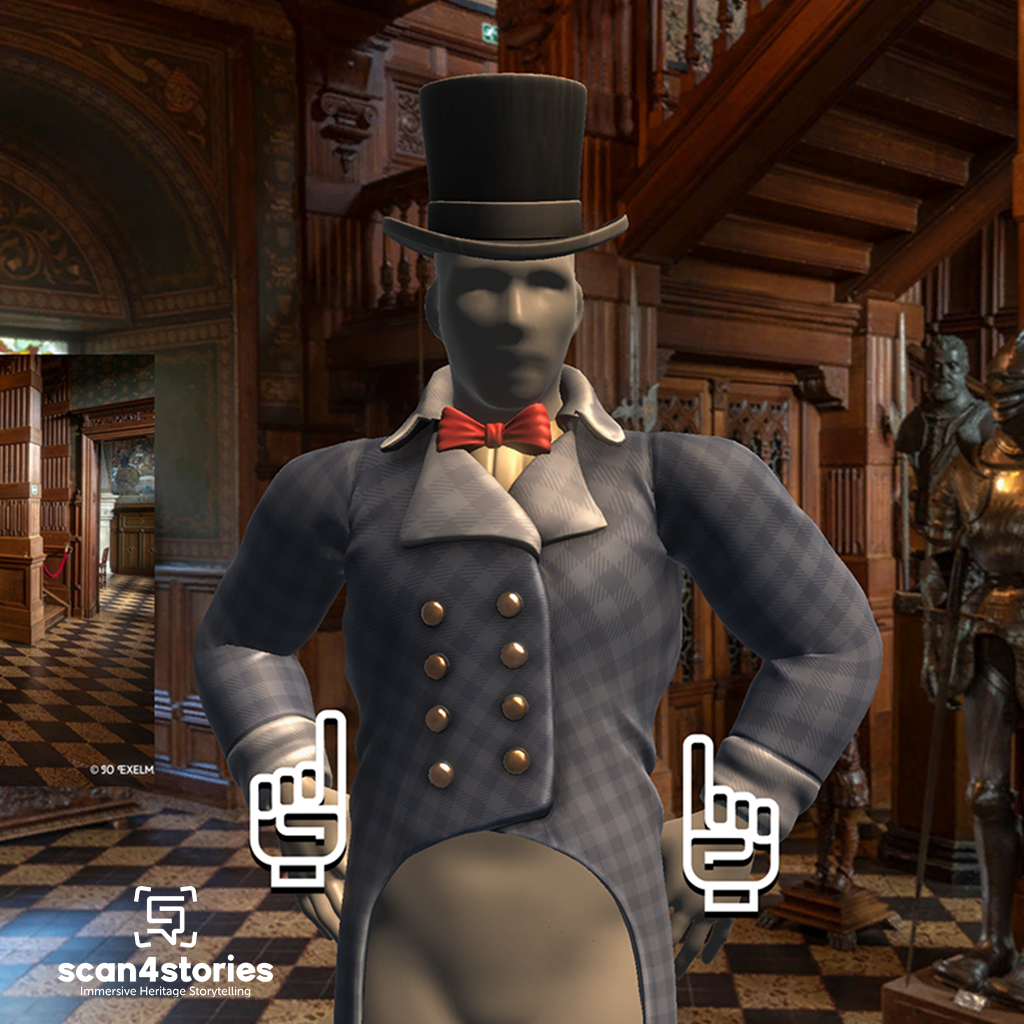
The visitor stands in front of a screen. Two portraits of lords of the castle are shown on the screen. The visitor can select a lord of the castle by effectively moving his hands and clicking on it virtually. Once chosen, the visitor can dress up a character with items of clothing from the lords of the castle. Each choice is commented via audio. It is in this way that the visitor gets to know the characters better.
AI in Production Closing Event
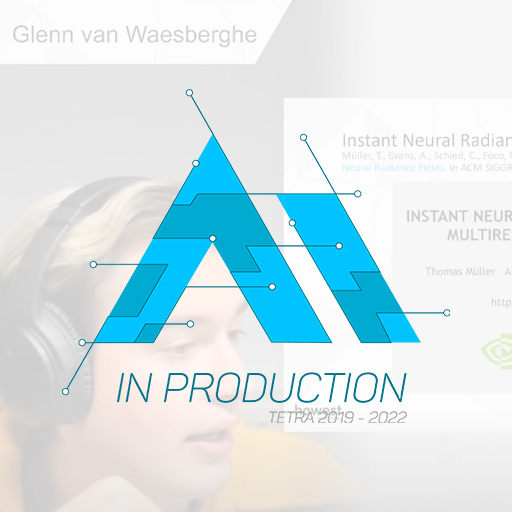
Virtual Reality escape room
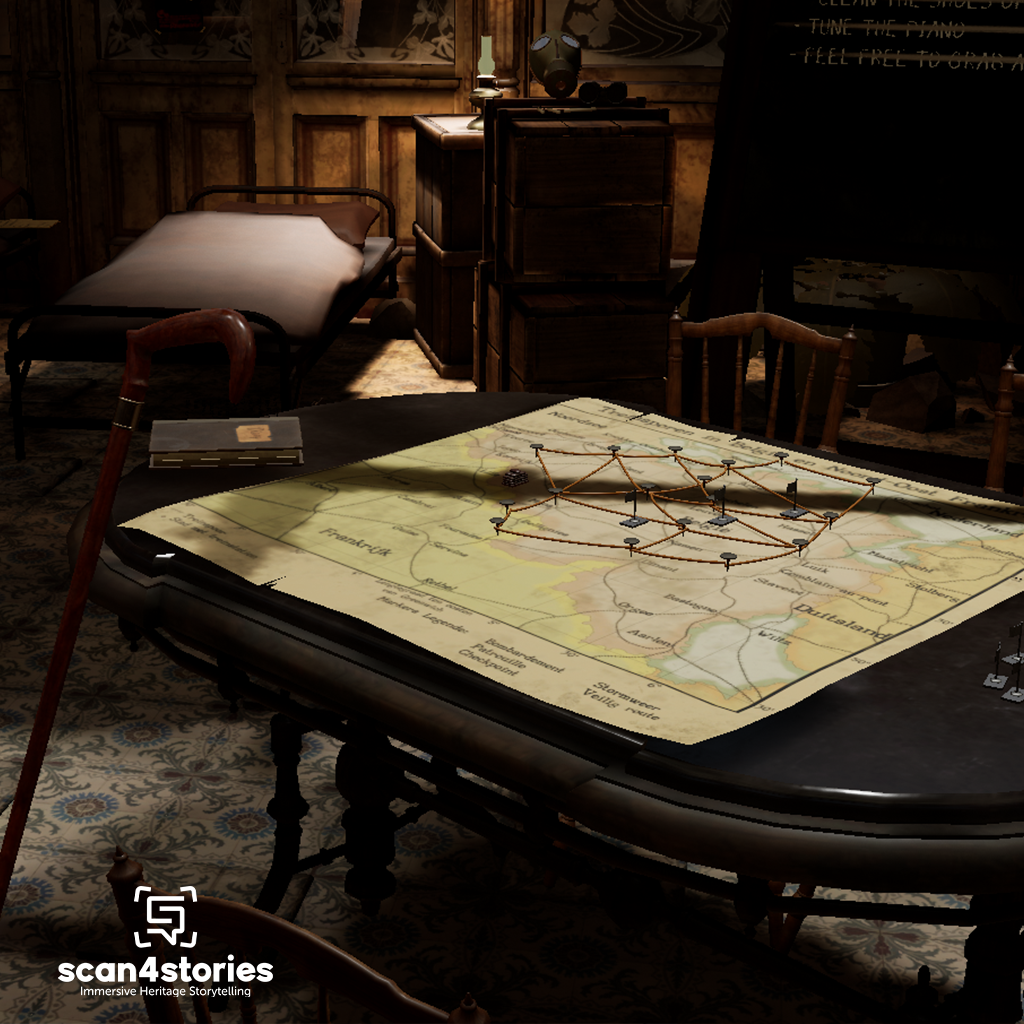
For some prototypes, specific attention was paid to historical stories and events. How can Immersive Technology help to tell these stories in an interactive way? Can we make visitors feel like they are part of this? Allowing them to discover the story themselves through certain interactions without presenting it to them ready-made?
Deze vragen gaven, in combinatie met enkele van de ideeën die tijdens de brainstormsessies werden geopperd, aanleiding tot de ontwikkeling van twee prototypes waarbij role-playing, groepsbeleving, interactiviteit, gameplay en Storytelling centraal stonden.


